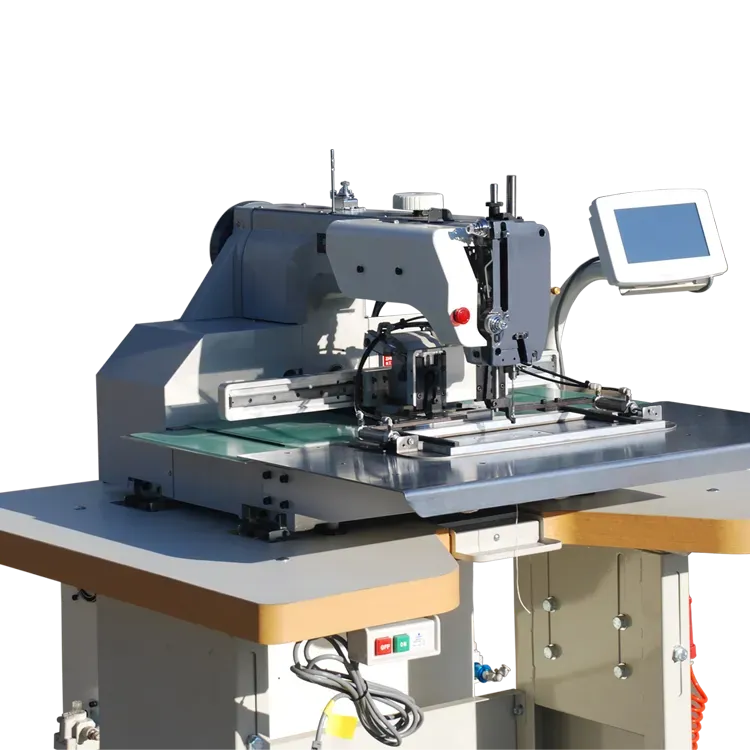what is a serger in sewing
What is a Serger in Sewing?
Sewing is an art that has been practiced for centuries, evolving from hand-stitching techniques to the sophisticated machinery we see today. One of the most essential and advanced tools in modern sewing is the serger, also known as an overlock machine. Understanding what a serger is and its applications can significantly enhance your sewing projects, allowing for cleaner finishes and professional-grade results.
What is a Serger?
A serger is a specialized sewing machine specifically designed to make seams and finish edges simultaneously. Unlike a traditional sewing machine that uses a single needle and a straight stitch, a serger typically uses multiple threads and features a looped stitch mechanism. This enables the serger to cut the fabric while stitching, thus preventing fraying and promoting a polished look. The most common stitching configuration for a serger includes three or four threads, but some sergers can accommodate up to eight threads, allowing for even more variations in stitching.
Key Features of a Serger
1. Overlocking Capability The primary function of a serger is its ability to overlock. This means that as the machine stitches, it wraps thread around the edge of the fabric, preventing raw edges from unraveling. This finish is especially beneficial for knit fabrics, which tend to curl at the edges.
2. Speed Sergers typically sew much faster than traditional sewing machines. Where a standard sewing machine may sew at a speed of around 800 stitches per minute, some sergers can reach speeds of 1,500 stitches per minute. This efficiency makes them ideal for professional environments or for serious hobbyists who want to complete projects quickly.
3. Cutting Mechanism One of the defining features of a serger is its built-in cutting blade. This blade slices off excess fabric as you sew, creating a clean edge. This feature saves time and ensures uniformity, crucial for maintaining the quality of your projects.
4. Versatility While sergers are primarily associated with hemming and finishing edges, they are incredibly versatile machines. They can be used for gathering, rolled hems, and even creating pintucks. Some advanced sergers come with attachments that allow for different stitching options, making them suitable for a wide range of sewing techniques.
what is a serger in sewing

5. Differential Feed Many sergers come with a differential feed feature that adjusts the movement of the fabric as it feeds through the machine. This is particularly beneficial for working with stretchy fabrics, as it prevents puckering or stretching during the stitching process.
Advantages of Using a Serger
Using a serger offers several advantages for sewing enthusiasts and professionals alike
- Professional Finishes The overlocked edges that a serger provides give garments a clean and polished look, equivalent to what you might find in ready-to-wear clothing. - Time Efficiency The speed and simultaneous edging and stitching save considerable time, allowing for quicker project turnaround. - Less Fraying The ability to finish edges prevents fraying, increasing the durability and longevity of the finished product.
Limitations of a Serger
Despite the numerous advantages, it’s essential to understand some limitations
- Not for All Projects A serger cannot replace a traditional sewing machine entirely. Certain tasks, such as topstitching and sewing buttonholes, still require a regular sewing machine. - Learning Curve For beginners, sergers can be a bit challenging to master. Threading a serger, especially with multiple threads, can be complicated, and it can take practice to learn how to adjust settings for various fabrics.
Conclusion
A serger is an invaluable tool for anyone serious about sewing. It offers a unique combination of speed, versatility, and professional finishing techniques that can elevate your sewing projects. While it is not a replacement for a traditional sewing machine, the inclusion of a serger in your sewing arsenal can significantly expand your creative possibilities. Whether you're a budding hobbyist or an experienced seamstress, understanding what a serger can do will undoubtedly enhance your sewing journey.
-
Industrial Cylinder Arm Sewing Machine: Revolutionizing Heavy-Duty SewingNewsJul.28,2025
-
Cylinder Arm Sewing Machine: Perfect for Special Sewing ApplicationsNewsJul.28,2025
-
Cylinder Bed Sewing Machine: Essential for Sewing Complex MaterialsNewsJul.28,2025
-
Heavy Duty Sewing Machine: The Essential Tool for Industrial ApplicationsNewsJul.28,2025
-
Computerized Pattern Sewing Machine: Revolutionizing Precision StitchingNewsJul.28,2025
-
Heavy Duty Industrial Sewing Machine: Power Meets PrecisionNewsJul.28,2025
-
Leather Sewing Machine: The Industrial Standard for Tough MaterialsNewsJul.18,2025





























